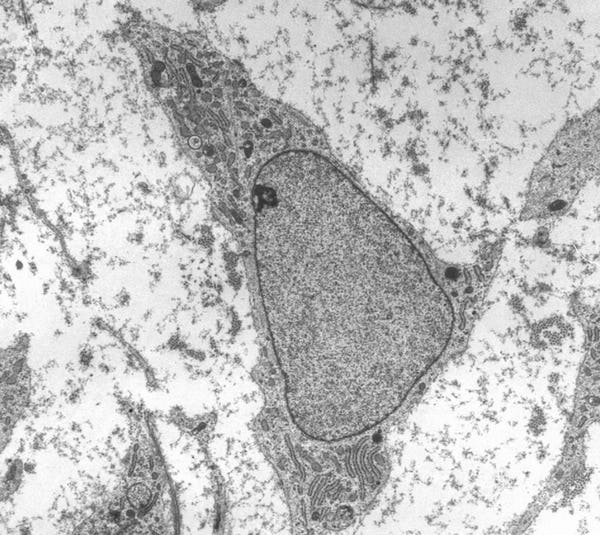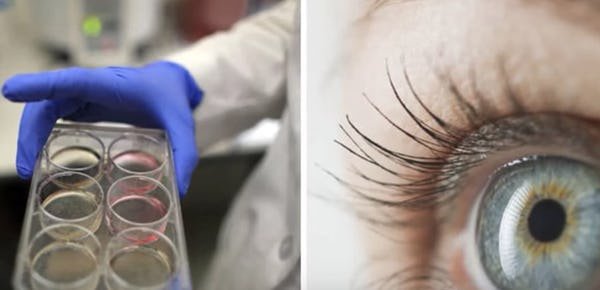Updated Scientific Breakthroughs of 2018
Scientific breakthroughs happen across the globe each year as the world's top researchers make innovative discoveries that alter life on earth and change our perception of reality. The greatest scientific discoveries are an inspiring testament to the profound capabilities of the human mind. Each year, scientists make incredible discoveries.
In 2017, scientists learned how to pull water out of thin air and edit a human embryo. The latest breakthroughs from 2018 are just as impressive. If you haven't already learned about these recent scientific advances, now is the time.
An Innovative Stem Cell Treatment Helps "Re-Boot" Blood And Bone Marrow For MS Patients

Multiple sclerosis (MS) is a chronic disease that affects the brain, spinal cord, and immune system - resulting in debilitating symptoms that severely interfere with the lives of sufferers. MS is notoriously difficult to treat, but doctors identified an experimental stem cell treatment that shows promise. In the treatment, patients are given chemotherapy to destroy the immune system. Then, doctors repair the immune system using stem cells, essentially re-booting the blood and bone marrow.
- Scientists Restored The Sight Of Two Blind Patients - Which Could Mean An Eventual Cure For Blindness

Two patents with age-related macular degeneration (AMD), which is the most common cause of blindness, received an experimental stem cell therapy and the treatment proved successful. Both patients had been gradually losing their sight for awhile, to the point they could no longer read. Scientists implanted a patch of stem cells over the damaged portions of the eyes, restoring vision. The patients regained their ability to read and see faces after treatment.
- Scientists Determined The Origin Of Sickle Cell Anemia
In March 2018, an article in the American Journal of Human Genetics announced scientists have determined the origin of sickle cell anemia. The genetic condition affects the shape of red blood cells and can lead to serious complications like blood clots, infections, and blood loss. Via analyzing historical records and genomes of over 3,000 people with genetic histories of sickle cell anemia, scientists pinpointed the time and place of the disease's origin. Sickle cell anemia likely likely began about 7,300 years ago in West-Central Africa. The original mutation was likely passed on for hundreds of years until one child was born with two copies of the mutated gene and developed the disease.
- Scientists Discovered A Type Of Ice Inside Diamonds They Did Not Think Existed On Earth
Ice-VII is a type of ice that is one-and-a-half times denser than regular ice, making it more stable under pressure. Until March 2018, scientists believed ice-VII did not exist on Earth. They suspected our solar system may have pockets of ice-VII, possibly on some of the ice moons orbiting Saturn and Jupiter, but doubted the earth's environment could support the formation of this type of ice. However, a team of researchers discovered this type of ice trapped inside diamonds when studying phases of carbon monoxide.
- New DNA Shows The Last Wild Horses Actually Descended From Domestic Animals
Przewalskis, a Mongolian horse breed, have long been called the last remaining wild horses. Genetically, the breed was believed to have descended from ancient horses that predated domestication by humans. In February 2018, a study came out indicating the Przewalski actually descend from the first domestic horses.
Sounds like stem cell research is going to be a very big part of modern day science. Very excited to see what the future holds for the science community.
Exactly... thanks for your contribution